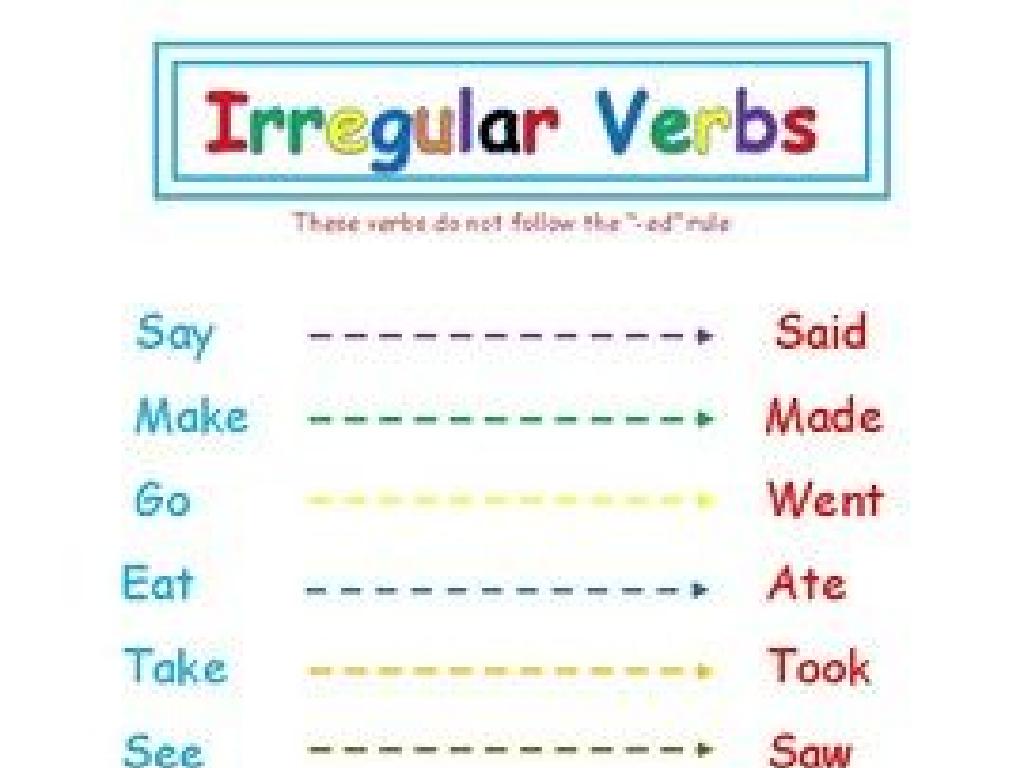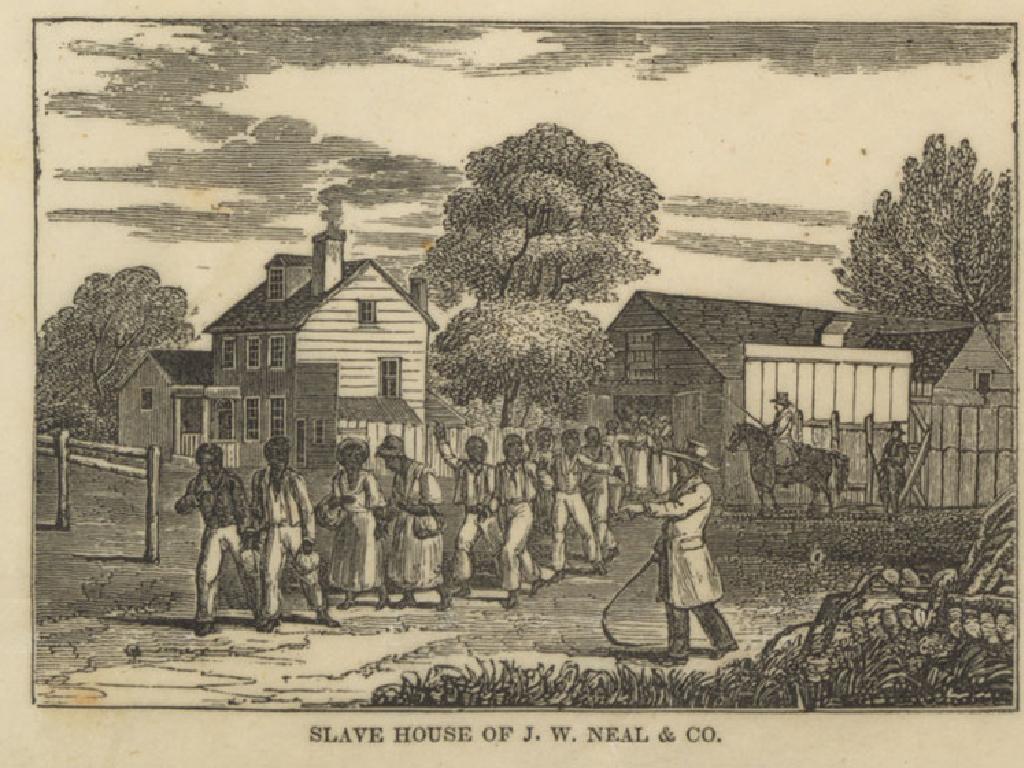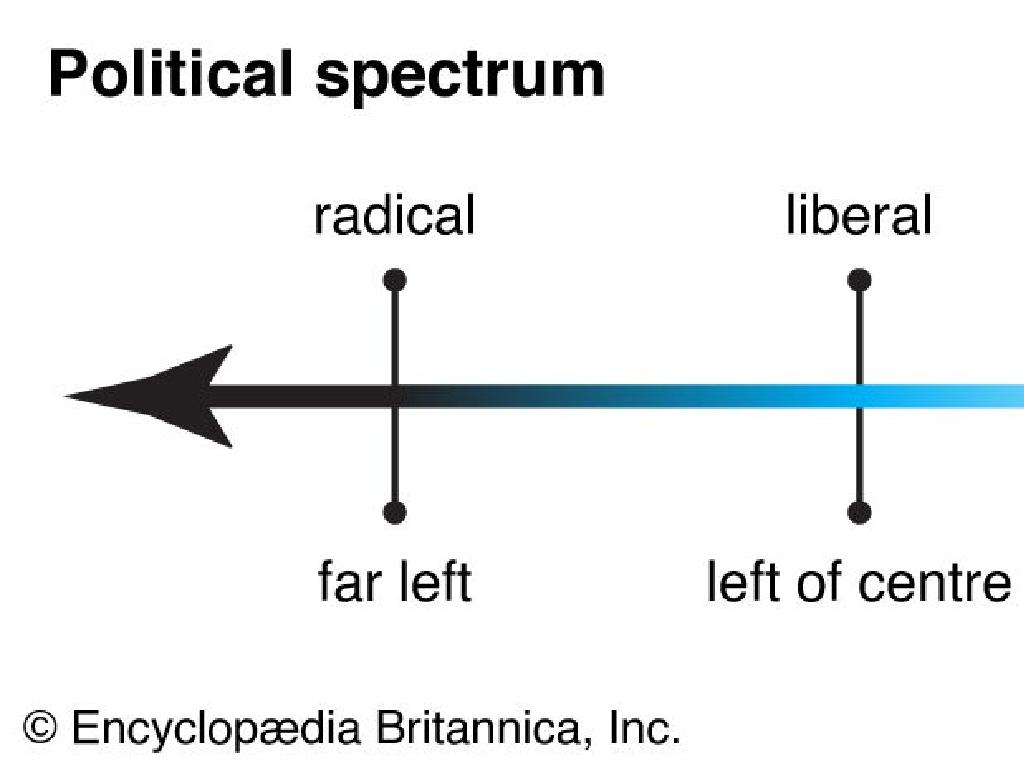Inequalities With Division
Subject: Math
Grade: Fourth grade
Topic: Divide By One-Digit Numbers
Please LOG IN to download the presentation. Access is available to registered users only.
View More Content
Welcome to Inequalities with Division!
– Understanding inequalities
– Inequalities show if one number is bigger or smaller than another.
– ‘Greater than’ vs ‘less than’
– ‘Greater than’ (>) means more, ‘less than’ (<) means fewer.
– Division basics recap
– Review of how to divide numbers.
– Applying division to inequalities
– Use division to solve problems with 'greater than' or 'less than'.
|
Begin the lesson by explaining the concept of inequalities, emphasizing that they are used to compare numbers. Clarify the meaning of ‘greater than’ and ‘less than’ symbols with examples, such as 5 > 3 (five is greater than three) and 2 < 4 (two is less than four). Recap division basics to ensure students are comfortable with dividing numbers, as this is essential for understanding inequalities involving division. Finally, demonstrate how division can be applied to determine inequalities, using simple one-digit division problems to illustrate how one quantity can be greater or less than another after division. Encourage students to think of real-life situations where they might need to compare quantities using division.
Understanding Inequalities in Division
– What is an inequality?
– An inequality shows if one number is less, greater, or not equal to another.
– Learn inequality symbols
– Symbols like >, , ‘ means greater than, ‘ 4, 10 ÷ 2 < 6, 8 ÷ 4 ` 3
|
This slide introduces the concept of inequalities in the context of division for fourth-grade students. Begin by explaining that an inequality is a mathematical statement that compares two values, showing if one is greater than, less than, or not equal to the other. Introduce the symbols > (greater than), < (less than), and ` (not equal to) and explain what each symbol represents. Provide simple examples of inequalities using division to illustrate how these symbols are used in mathematical expressions. Encourage students to think of their own examples and to practice using these symbols to create inequalities with division problems.
Division Review: Mastering One-Digit Division
– Recap division by single digits
– Writing remainders correctly
– When dividing, a remainder is what’s left over
– Class practice problem
– Solve a division problem as a class
– Discuss answers and methods
– Review different solutions and clarify doubts
|
Begin with a quick review of division facts and the process of dividing by one-digit numbers to refresh students’ memory. Emphasize the concept of remainders in division, explaining that it’s the part of the dividend that isn’t evenly divided by the divisor. Engage the class with a practice problem on the board, encouraging participation to solve it together. After solving, discuss the answers and different methods used by students to reach the solution. This will help to reinforce their understanding and address any misconceptions. Provide additional examples if time allows and encourage students to explain their reasoning.
Understanding Inequalities with Division
– Division shows unequal results
– Sometimes division doesn’t split things evenly, showing us inequalities.
– Compare quantities via division
– We can use division to see which quantity is larger or smaller.
– Example: Dividing candies
– If 3 friends share 10 candies, they don’t get equal amounts; some get more, some less.
– Inequalities in everyday math
|
This slide introduces the concept of inequalities as they relate to division in everyday situations. Emphasize that division can result in unequal shares, which is a basic inequality. Use practical examples like sharing candies among friends to illustrate that division can help us compare and understand different quantities. Highlight that inequalities are a part of daily math, and understanding them helps in fair distribution. Encourage students to think of other examples where division results in inequalities, such as dividing slices of pizza or pages to read in a book club.
Solving Inequalities with Division
– Steps to solve division inequalities
– Divide both sides by the same number, don’t forget to flip the inequality if dividing by a negative
– How to check your answers
– Plug your solution into the original inequality to see if it makes a true statement
– Let’s solve an inequality together
– Example: If 12/x > 3, what could x be? Let’s find out together!
|
This slide introduces the concept of solving inequalities that involve division. Start by explaining the steps to solve these inequalities, emphasizing the importance of performing the same operation on both sides of the inequality. Highlight the special rule about flipping the inequality sign when dividing by a negative number. Then, guide students through the process of checking their answers by substituting the solution back into the original inequality. Use a class example, such as ’12/x > 3′, to solve together, encouraging students to participate in finding the solution. This interactive approach helps students understand the process and apply it to different problems.
Inequalities with Division: Practice Time
– Solve practice problems individually
– Pair up and share solutions
– Work with a partner to solve and explain your reasoning
– Class discussion on answers
– We’ll review different solutions as a group
– Understanding through collaboration
– Learn from peers and clarify doubts together
|
This slide is designed to facilitate active participation and peer learning among students. Start with individual practice to allow students to attempt solving inequality division problems on their own, fostering independence. Then, have them pair up to discuss their solutions and methods, promoting communication and collaborative skills. Finally, bring the class together to discuss the various solutions presented, encouraging critical thinking and collective learning. This approach not only helps students understand the concept of inequalities with division but also enhances their problem-solving and social skills. Prepare a set of problems of varying difficulty to cater to different skill levels within the class.
Class Activity: Inequality Challenge
– Split into small groups
– Each group gets division problems
– Create inequalities from results
– Use the division outcomes to form statements like 15 ÷ 3 > 5 ÷ 1
– Present inequalities to class
|
This activity is designed to help students understand and apply the concept of inequalities in the context of division. Divide the class into small groups to encourage teamwork. Provide each group with a set of division problems and instruct them to solve these problems first. Once they have the results, guide them to create inequalities by comparing their answers. For example, if one result is 5 and another is 3, they can write ‘5 > 3’. Encourage creativity in forming these inequalities. Finally, have each group present their inequalities to the class, fostering a sense of accomplishment and allowing for peer learning. Possible variations of the activity could include using different numbers, incorporating word problems, or challenging students to find the greatest or smallest possible inequality.
Conclusion: Inequalities with Division
– Recap division inequalities
– How division can show ‘less than’ or ‘more than’
– Importance of inequalities
– Helps solve real-world problems, like sharing equally
– Open Q&A session
– Time to ask and clarify any doubts
– Review key concepts
|
This slide wraps up the lesson on inequalities with division. Begin by summarizing the main points, such as how division can create inequalities and how to represent them using symbols like , and `. Emphasize the practical applications of understanding inequalities, such as in dividing resources or comparing quantities. Open the floor for a question and answer session to address any uncertainties students may have. Conclude by reviewing the key concepts to ensure students are comfortable with the material. Use examples like sharing snacks among friends or dividing up chores to illustrate the importance of understanding inequalities in everyday life.
Homework: Mastering Division Inequalities
– Complete the practice worksheet
– Solve each problem and check your answers
– Create your own inequality problems
– Use numbers and division signs to make up new problems
– Study for the division inequalities quiz
– Review tonight’s worksheet and class notes
|
This homework assignment is designed to reinforce today’s lesson on inequalities with division. The worksheet provides structured practice, while creating their own problems encourages deeper understanding and application of the concept. Remind students to use the division symbol and to think about the relationship between the divisor, dividend, and quotient when they create their inequalities. Studying for the quiz should involve reviewing the worksheet, any additional practice problems from class, and the notes taken during the lesson. Offer some strategies for studying, such as making flashcards or working with a study buddy. Emphasize the importance of understanding the process over memorizing answers.






